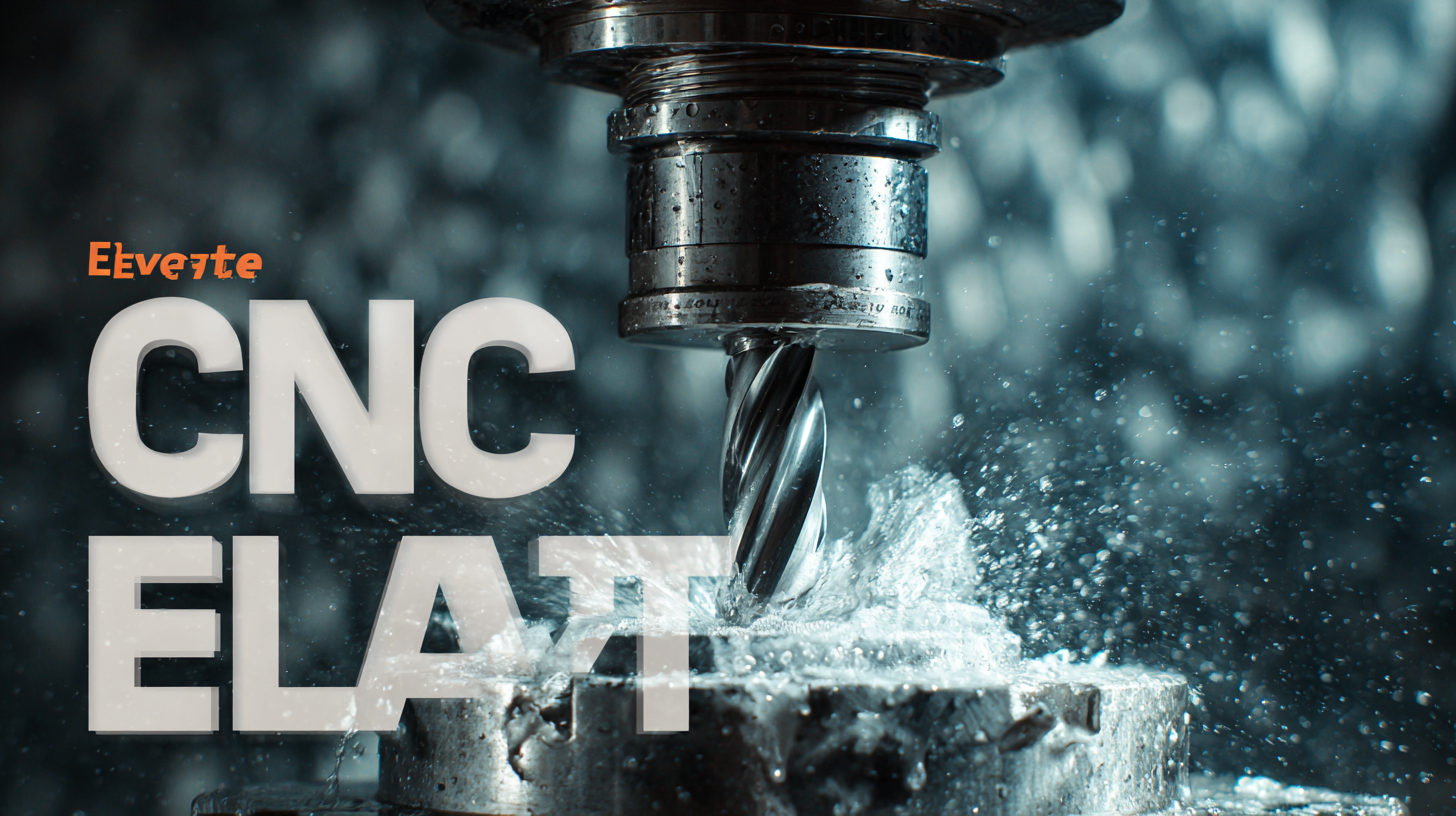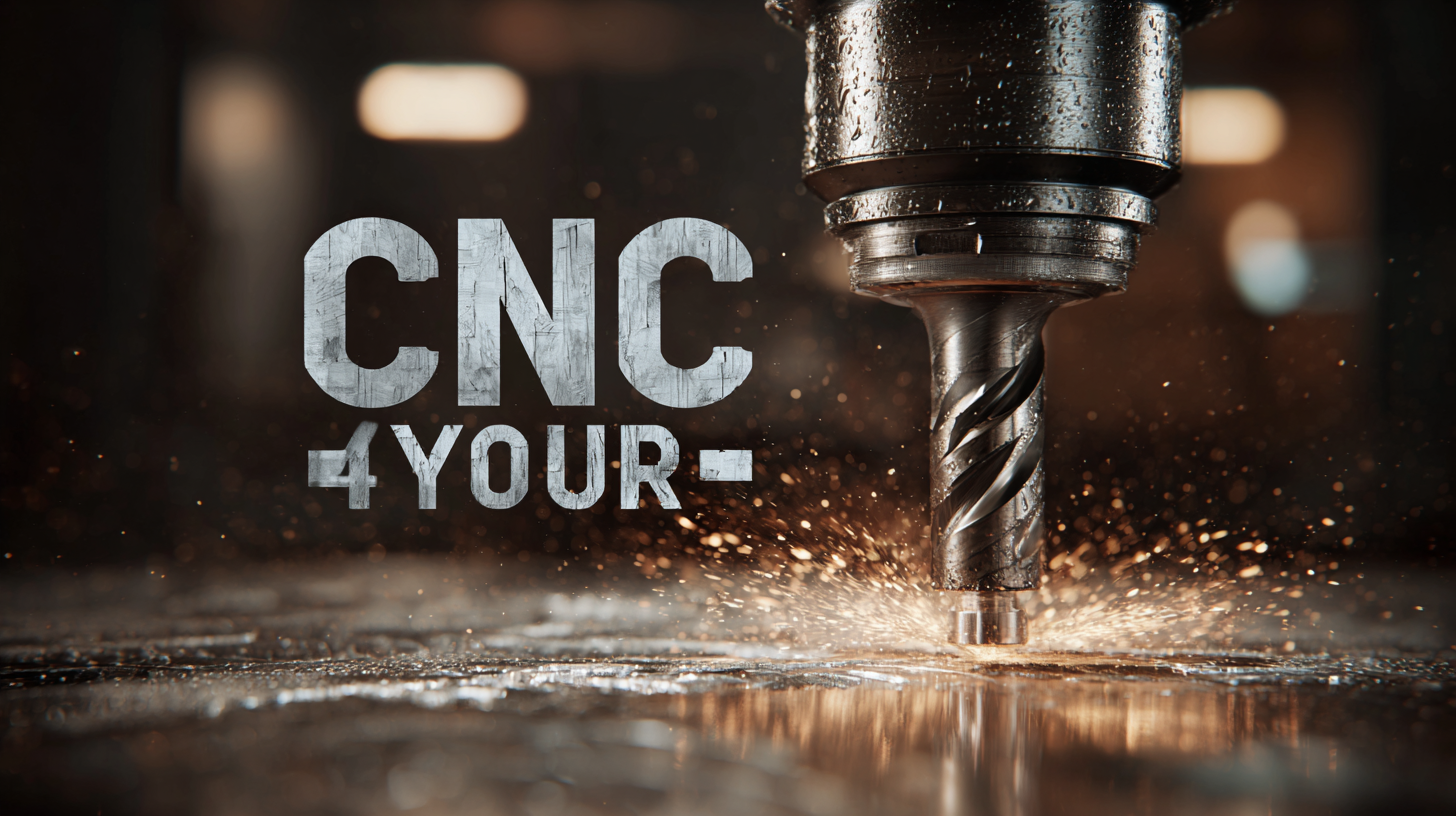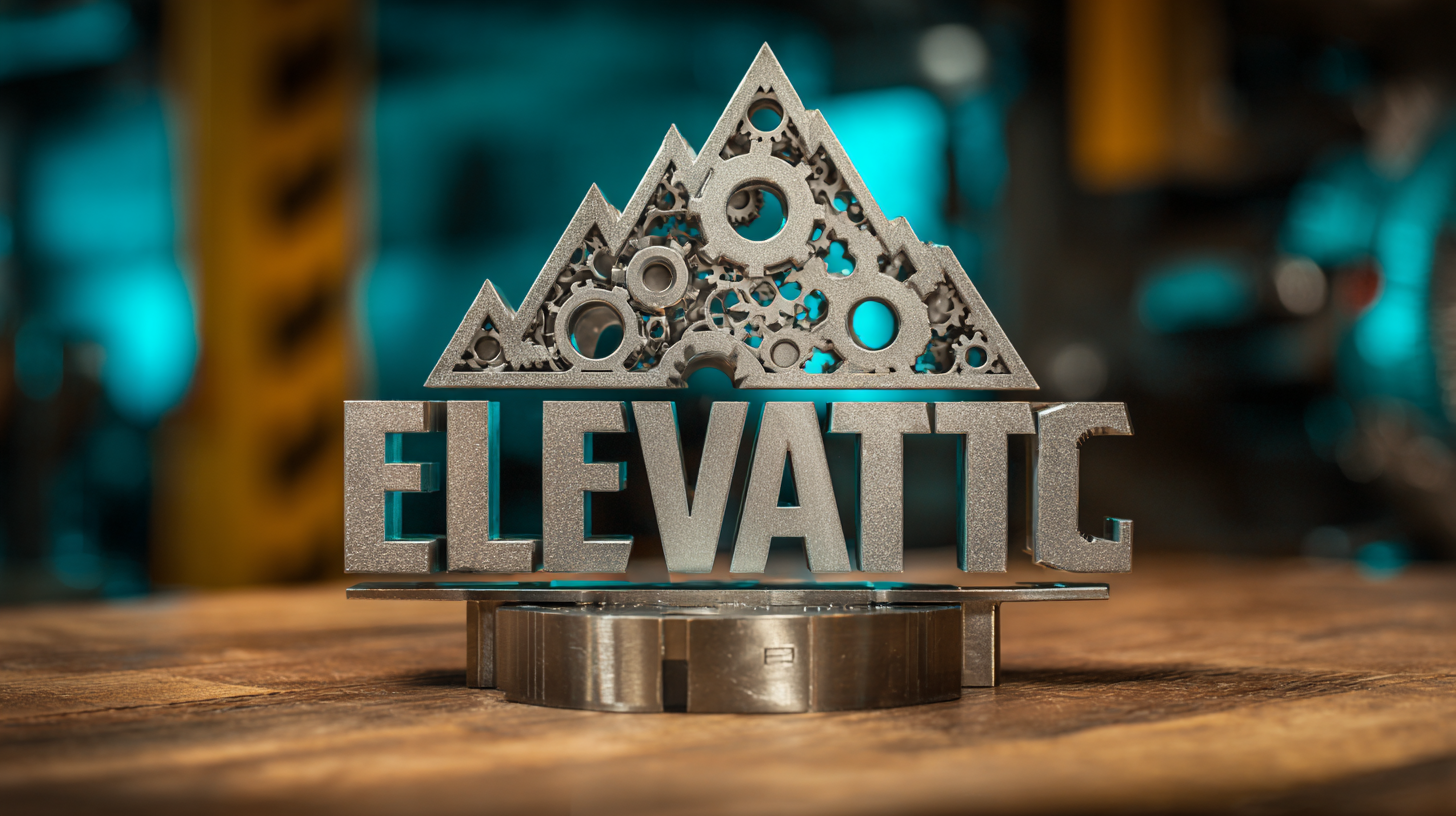
- sales@bjbod.com
- Mon - Sat at 7:00AM to 9:00PM

In today's rapidly evolving manufacturing landscape, staying competitive demands a keen understanding of advanced machining strategies, particularly those involving CNC insert technologies. According to a recent report from the International Federation of Robotics, the global CNC machine market is projected to grow at a compound annual growth rate of 7% through 2025, highlighting the increasing reliance on CNC machining for precision manufacturing.

CNC inserts play a crucial role in this paradigm, affecting factors such as tool life, machining efficiency, and surface finish quality. By adopting the best practices and comparing various CNC insert strategies, manufacturers can not only enhance their machining game but also significantly reduce operational costs and downtime.
This blog will delve into the most effective CNC insert strategies, providing insights that can lead to tangible improvements in productivity and success in the highly competitive machining sector.
In the world of precision machining, achieving maximum efficiency is paramount. One of the key elements to enhancing machining processes is the strategic use of CNC inserts. By selecting the right insert materials and geometries, manufacturers can significantly improve tool life and surface finish, ultimately leading to cost savings and higher productivity. High-quality carbide or ceramic inserts, designed specifically for the material being cut, can withstand higher temperatures and pressures, allowing for faster feed rates and deeper cuts without compromising quality.
Another essential technique is optimizing insert positioning and indexing. Proper alignment of the insert not only minimizes vibration but also maximizes cutting efficiency. Regularly monitoring wear patterns can provide insights for timely insert replacement, ensuring consistent performance. Additionally, advanced programming techniques, combined with high-speed machining methods, can further enhance the effectiveness of CNC inserts. By implementing these strategies, operators can not only reduce downtime but also achieve superior machining results that meet the demanding standards of today’s manufacturing environment.

In the world of CNC machining, the performance of inserts is crucial for achieving precision and productivity. Innovative materials and coatings have transformed the capabilities of CNC inserts, allowing manufacturers to tackle increasingly challenging materials and complex geometries. One of the standout advancements is the use of ceramic and cermet materials, which offer exceptional hardness and wear resistance. These materials enable extended tool life, reducing the frequency of tool changes and ultimately lowering production costs.
Coatings also play a vital role in enhancing CNC insert performance. Techniques such as physical vapor deposition (PVD) and chemical vapor deposition (CVD) have introduced various coatings that improve chip evacuation and reduce friction. For instance, titanium nitride (TiN) and titanium aluminum nitride (TiAlN) coatings are widely used due to their high thermal stability and resistance to oxidation. These coatings not only protect the insert from wear but also maintain cutting edge integrity, which is essential when machining hard alloys or tough materials. By leveraging these innovative materials and coatings, manufacturers can significantly elevate their machining processes and achieve superior results.
When it comes to CNC machining, the choice of inserts plays a significant role in determining the cost-effectiveness of the operation. High-quality inserts may come with a higher initial price tag, but they often lead to improved efficiency and precision, which can result in lower overall production costs. The secret lies in selecting the right type of insert based on the material being machined, the complexity of the parts, and the desired finish. For example, carbide inserts are favored for their durability and thermal resistance, making them suitable for high-speed machining of tough materials.

Additionally, understanding how different inserts perform in various cutting conditions can help manufacturers optimize their processes. Inserts designed for specific applications, such as finishing or roughing, can help reduce machining time and extend tool life. By investing time in analyzing machining conditions and aligning the right insert with those parameters, businesses can achieve significant savings and higher productivity. The art of selecting CNC inserts is not just about cost but about leveraging technology to enhance operational efficiency and drive success in machining endeavors.
In the ever-evolving landscape of CNC machining, adapting CNC inserts for a diverse range of applications has become paramount for manufacturers aiming to enhance their machining capabilities. With the global CNC machine market poised for significant growth, projected to reach $195.59 billion by 2032, the need for effective CNC insert strategies is critical. These strategies can help businesses optimize their operations, improving efficiency and product quality across various sectors, including aerospace and automotive.
Recent advancements, such as the multi-flexible matching cutting manufacturing technology, showcase innovative approaches to address the complexities of machining large, intricate thin-walled structures. This method not only highlights the importance of precision in high-end manufacturing but also emphasizes the role of customizable CNC inserts in achieving desired outcomes. As companies like Gree Intelligent Equipment push the boundaries in CNC machine applications, harnessing the right insert strategies will be essential for tapping into new markets and driving manufacturing success. Embracing these adaptations will empower manufacturers to stay competitive and meet the increasing demands of a dynamic industry.
The future of CNC insert development
is poised to transform the landscape of manufacturing. As industries increasingly demand precision and efficiency, manufacturers are focused on incorporating advanced materials and geometries into their CNC inserts. The evolution of carbide and ceramic composites, combined with innovative coatings, will allow for higher speeds and improved wear resistance. This means that manufacturers can achieve longer tool life and better surface finishes while reducing downtime for tool changes.
Moreover, the integration of smart technology in CNC machining is set to further enhance insert performance. Real-time monitoring systems can provide data on tool wear and performance, enabling machinists to make quicker, informed decisions. As artificial intelligence and machine learning technologies advance, CNC inserts will benefit from optimized designs tailored to specific applications. This continual adaptation will not only improve production efficiency but also contribute to sustainability efforts by minimizing waste and energy consumption during the machining process.
The evolution of CNC inserts is not just about improving the tools themselves but also about reshaping the entire manufacturing workflow to meet the demands of the future.